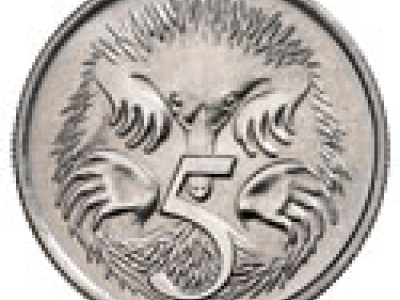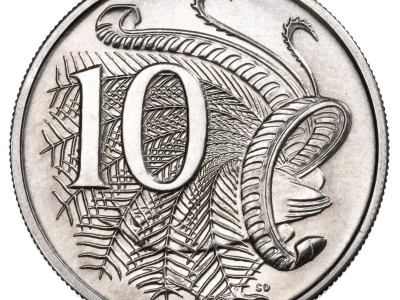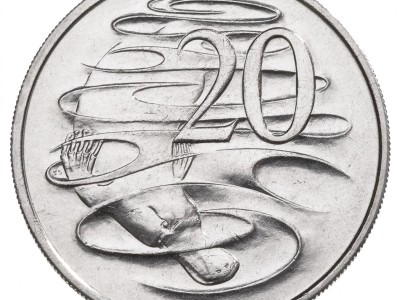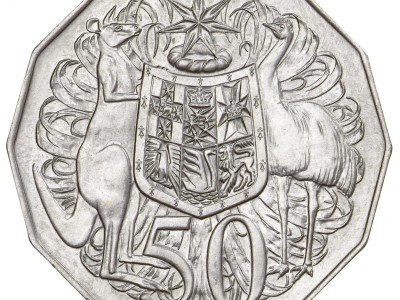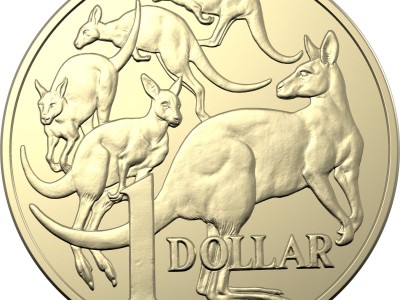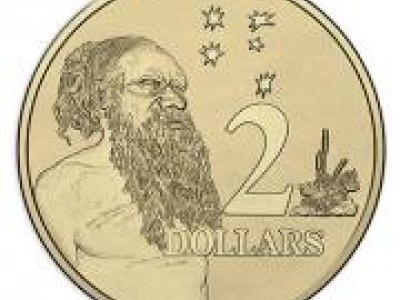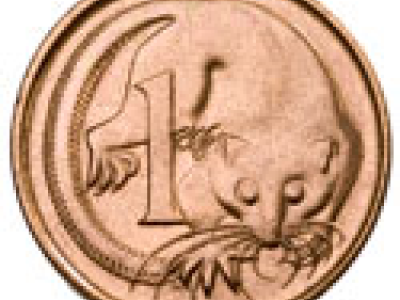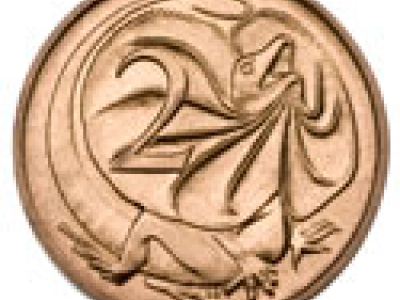The Mint has made 15 billion (and counting) circulating coins since the introduction of decimal currency in February 1966.
Learn more about current circulating coins.
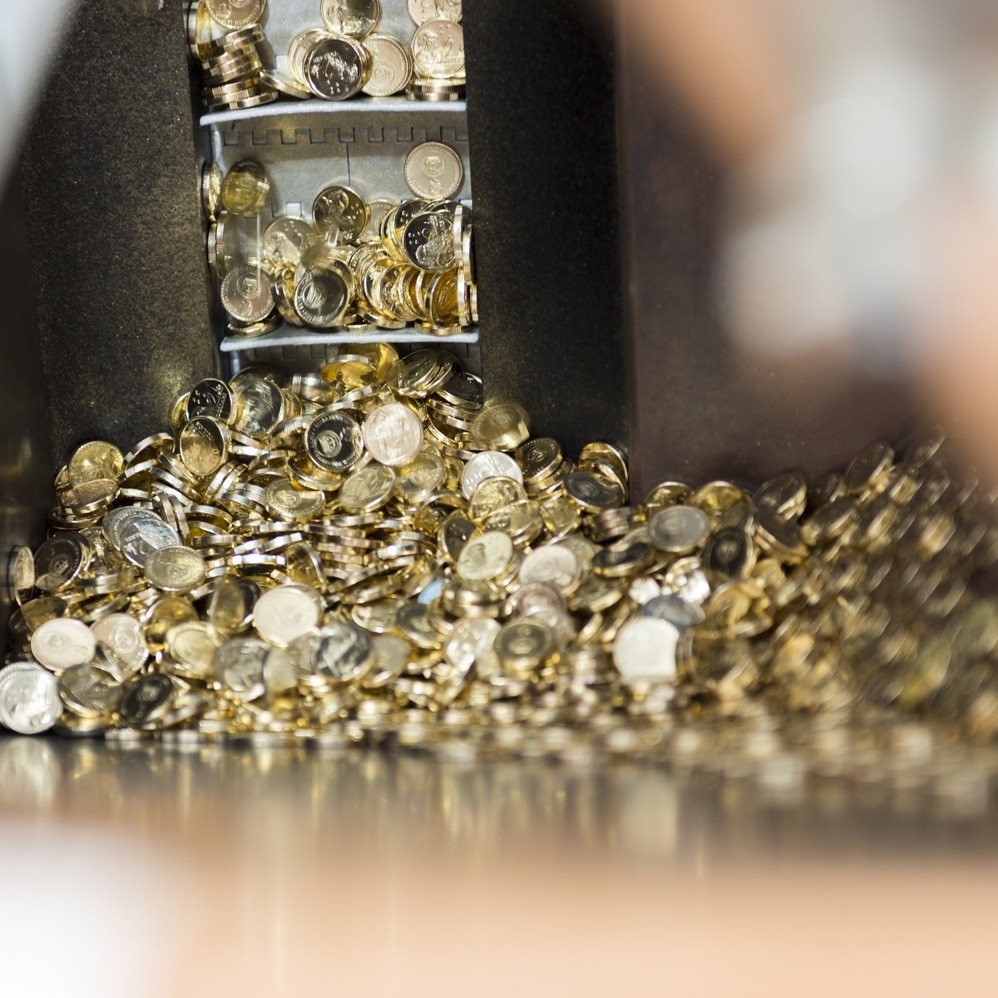
How coins get into circulation
The forecast demand by banks determines how many coins are issued into circulation. The number of coins and denominational mix varies year on year.
Amounts are reported in our Annual Reports published yearly, found here.
At the Mint, we issue the coins on behalf of the Treasury (the Commonwealth) directly to the banks.
The coins end up in your pockets, purses, wallets, cash tills, couches, supermarket trolleys, parking meters, piggy banks and anywhere you can find current currency.
Banks remove coins from circulation when they are damaged and no longer fit for purpose. These coins are sent back to the Mint to be recycled for their metal.
Explore our circulating coins
One and Two Cent coins
Back in the day, the Mint also made One and Two Cent coins. These were made right up until 1990, then eventually withdrawn from circulation in 1992.
